
Ingredient
Amaranth flour
The Ancient Grain Flour with a Nutty Twist
Amaranth flour is made from grinding the seeds of the amaranth plant into a fine powder. It has a light beige color and a fine texture. The flour has a distinct nutty flavor with a hint of sweetness, making it a unique addition to baked goods. Amaranth flour is gluten-free, making it suitable for individuals with gluten sensitivities or celiac disease. It can be used as a substitute for wheat flour in many recipes, but it may require additional binding agents or adjustments in baking techniques due to its lack of gluten.
Origins and history
Amaranth, the plant from which the flour is derived, has a long history dating back thousands of years. It was a staple food for the ancient Aztecs and Incas, who considered it a sacred crop. Amaranth flour has been used in traditional Mexican and South American cuisines for centuries. Today, it is cultivated and consumed in various parts of the world. The plant is known for its resilience and ability to thrive in diverse climates, making it an important crop in regions with challenging agricultural conditions.
Nutritional information
Amaranth flour is a good source of protein, dietary fiber, and essential minerals such as iron, magnesium, and phosphorus. It is also rich in antioxidants and contains no gluten. A 1/4-cup (30g) serving of amaranth flour provides approximately 110 calories.
Allergens
Gluten
How to select
When selecting amaranth flour, look for a reputable brand that offers high-quality, certified gluten-free products. Check the packaging for any signs of damage or tampering. It is also advisable to purchase from stores with a high turnover to ensure freshness. Additionally, consider buying organic amaranth flour to support sustainable farming practices and minimize exposure to pesticides.
Storage recommendations
To maintain the freshness and quality of amaranth flour, store it in an airtight container in a cool, dry place, away from direct sunlight. This will help prevent moisture absorption and prolong its shelf life. Properly stored, amaranth flour can last for several months. However, it is recommended to check for any signs of spoilage, such as a rancid smell or off taste, before using it in recipes.
How to produce
Amaranth plants can be grown in home gardens or small-scale farms. They require well-drained soil and full sun exposure. Sow the seeds directly into the ground or in containers, following the recommended spacing. Amaranth plants are relatively low-maintenance and can tolerate dry conditions. Harvest the plants when the flowers have dried and the seeds are mature. Allow the seeds to dry completely before grinding them into flour using a grain mill or a high-powered blender.
Preparation tips
Amaranth flour can be used as a substitute for wheat flour in a variety of recipes. It adds a nutty flavor and a slightly sweet taste to baked goods such as bread, muffins, and cookies. It can also be used as a thickening agent in soups, sauces, and gravies. Amaranth flour can be combined with other gluten-free flours, such as rice flour or tapioca flour, to create a blend that mimics the texture and structure of wheat flour. Experiment with different ratios to achieve the desired results.
Substitutions
Rice flour, quinoa flour, buckwheat flour
Culinary uses
Amaranth flour is commonly used in gluten-free baking, including bread, muffins, and cookies. It can also be used as a thickening agent in soups, sauces, and gravies. Additionally, amaranth flour can be used to make pancakes, waffles, and crepes. Its nutty flavor pairs well with both sweet and savory dishes.
Availability
Amaranth flour is cultivated and consumed in various parts of the world, including Mexico, Peru, India, and Nepal. It is also available in many countries as an imported product or specialty item in health food stores and online retailers.
More ingredients from this category » Browse all

Maize, milled
Golden Grain: Unleashing the Power of Milled Maize

Sorghum flour
Sorghum Flour: A Nutritious and Gluten-Free Alternative
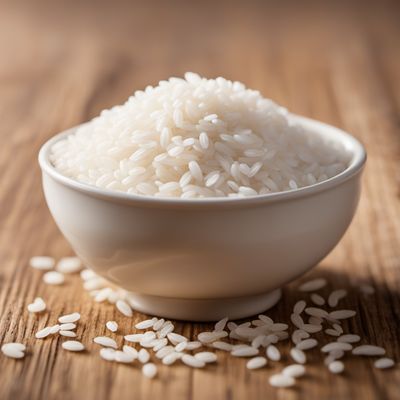
Rice flour
The Versatile Grain Powder

Buckwheat flour
The Nutty Powerhouse: Buckwheat Flour

Barley flour
The Nutritional Powerhouse: Barley Flour

Cereal and cereal-like flours not separately listed
The Flour Power: Unleashing the Versatility of Cereal and Cereal-Like Flours
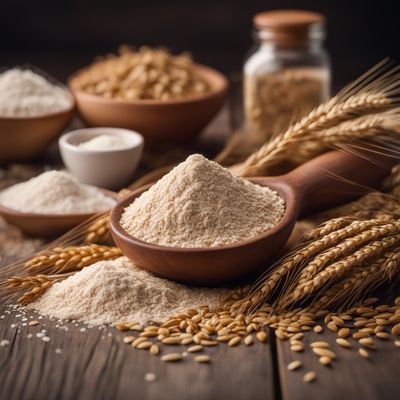
Flour mix (like wheat/rye/barley/oats and other)
Versatile Blend for Every Recipe

Rye flour
Hearty Grain
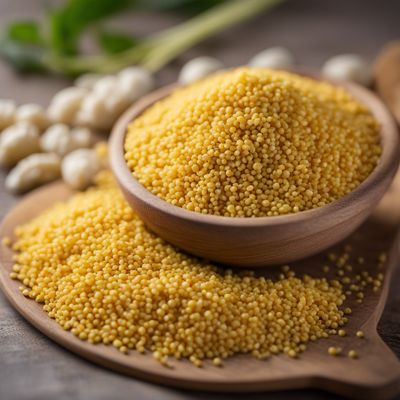
Millet flour
The Ancient Grain: Millet Flour

Oat flour
The Wholesome Power of Oat Flour
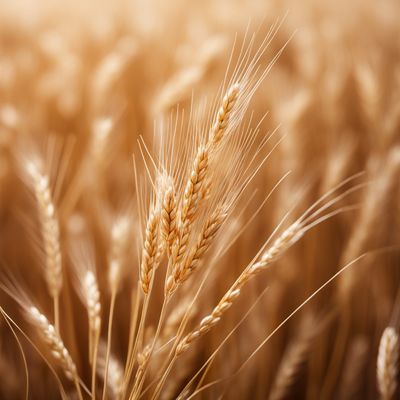
Wheat flour
The Versatile Grain: Exploring the Wonders of Wheat Flour

Spelt flour
The Ancient Grain of Spelt
Recipes using Amaranth flour » Browse all

Peruvian-style Bulgogi
Inca-inspired Bulgogi: A Fusion of Korean and Peruvian Flavors
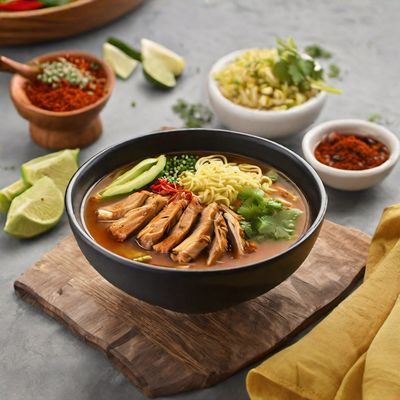
Peruvian-Inspired Ramen
Andean Fusion Ramen: A Peruvian Twist on a Japanese Classic

Peruvian-style Nasi Goreng
Inca Fried Rice: A Fusion of Indonesian and Peruvian Flavors

Peruvian Coq au Vin
Inca-inspired Chicken in Red Wine Sauce

Peruvian-Style Pizza Margherita
Andean Delight: Peruvian-Inspired Pizza Margherita
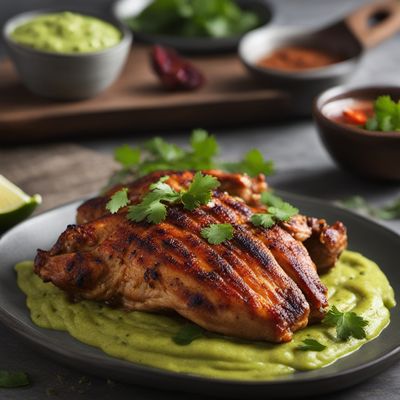
Aji Criollo Peruvian Chicken with Spicy Green Sauce
Peruvian Delight: Aji Criollo Chicken with Zesty Green Sauce

Peruvian-style Şakşuka
Andean Delight: Peruvian-style Şakşuka

Peruvian-style Samosas
Andean Delight: Peruvian-inspired Samosas
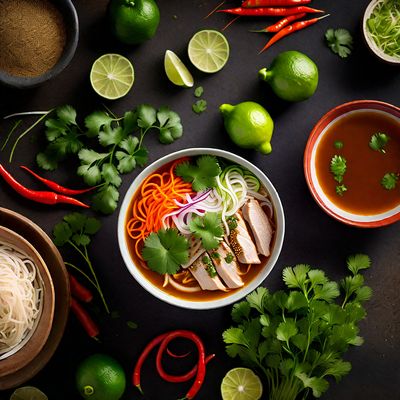
Peruvian-Inspired Pho
Inca-Inspired Pho: A Fusion of Vietnamese and Peruvian Flavors

Muisca-style Blitva na Lešo
Andean Delight: Muisca-inspired Blitva na Lešo

Peruvian-Inspired Focaccia
Andean Herb Focaccia: A Peruvian Twist on an Italian Classic

Peruvian-style Biryani
Inca-inspired Biryani: A Fusion of Indian and Peruvian Flavors